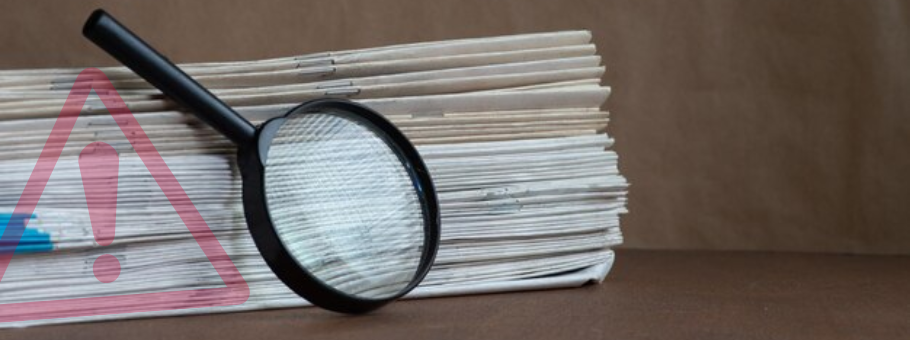Is Australia Facing a Crisis of Compromised Research?

Scientific misconduct is a serious issue. It can damage the public view of science and harm the careers of individual researchers. Scientific misconduct can take many different forms. Researchers may make up or change data. They could commit plagiarism or follow unethical research practices.
Sometimes, scientists may not be aware that they are guilty of misconduct. For example, they might allow unconscious bias to affect their work.
If scientific misconduct is spotted, retraction of papers can follow. Retraction can be a result of concerns over any part of the research. Researchers must keep track of retractions in their field.
Tracking Retractions
One way for researchers to keep up to date with retractions is to follow Retraction Watch. Retraction Watch is a blog that reports on scientific retractions and related topics. Recently, the team of scientists and science writers behind Retraction Watch compiled a database of compromised scientific research in Australia.
The database showed that scientific misconduct in Australia could be more common than you think. Over the last 20 years, a total of 247 research papers published by scientists working at Australian institutions have been compromised. Worse, although this number is high, some senior scientists believe that the accurate scale of the problem could be far more substantial.
Does Australia Have a Compromised Research Problem?
Professor Simon Gandevia, deputy director of Neuroscience Research Australia, is one of those to express concern. “The public should be concerned. Almost 250 [papers], that’s a number that many people would find unconscionably high,” he said.
Why should the public be concerned? Because they are paying for compromised research, says Gandevia. “The public should be aware of the bulk of medical research in Australia is paid for by the taxpayer. You are paying for this.”
The Effects of Compromised Research
In some of the Australian cases, the same researcher was responsible for more than one retraction. One researcher at the University of New South Wales has had six papers retracted since 2009. The senior scientist works on cancer. He was cleared of deliberate misconduct by a university investigation. However, there have been issues with some of the data and figures in some of his papers. This has led to their retraction. In one case, a clinical trial had to be stopped as a result of the retraction.
Are Universities Responsible for Misconduct?
Scientists, including Professor Gandevia, believe that a “bad science” watchdog would help to tackle the problem of scientific misconduct. This group would be able to investigate researchers suspected of misconduct. The idea was put to the Australian government last year. However, it has not made progress. Some feel that this is due to resistance from Universities Australia, a group representing 39 of the country’s universities.
Catriona Jackson, chief executive of Universities Australia, says that this is not true. “We are not opposed to an office of research integrity, but note that several other mechanisms for monitoring research integrity and quality are in place,” said Jackson.
To prove her point, Jackson notes the new Australian Code for the Responsible Conduct of Research. “Researchers must comply with [the] new code or face strong sanctions, including repercussions for their employment at an institution, loss of public funding, and even the potential for criminal procedures.”
Tackling Scientific Misconduct in Australia
Despite the view of Universities Australia, some researchers feel more should be done to prevent misconduct.
Professor David Vaux, of the Walter and Eliza Hall Institute in Melbourne, says he has seen many cases of possible misconduct. So why does misconduct seem to be so prevalent?
“Researchers are under tremendous pressure, and falsifying data is the easy way out,” says Vaux. “In Australia, universities and institutes self-regulate, so they’re able to cover it up, and they rarely resist this temptation.” In 2014, a study found that some researchers admitted to cutting corners due to the pressure to publish.
Misconduct might seem to be a problem in Australia, says Vaux, because of self-regulation. “Australian researchers are no better or worse than those from other countries, but unlike other countries, Australia does not have a national office to handle these concerns.”
It is this problem which prompted the push for a “bad science” watchdog. This could be called the Australian Office of Research Integrity. Other countries, such as the USA, Canada, and many European countries, already have a similar government watchdog. Unfortunately, there has been little progress on this so far.
Scientific misconduct affects the whole research community. A retracted paper does not just affect the authors. It can also impact the work of other researchers who have put their trust in a flawed study. In the end, it can even damage the public view of science. “I worry people will say you cannot trust scientists and that would be a disaster. There is a lot of good science,” says Vaux.
What is undoubtedly true is that, for now, scientific misconduct remains a threat to research integrity. What is the best way to tackle scientific misconduct? How should the retraction of articles be handled? Share your thoughts in the comments below.









